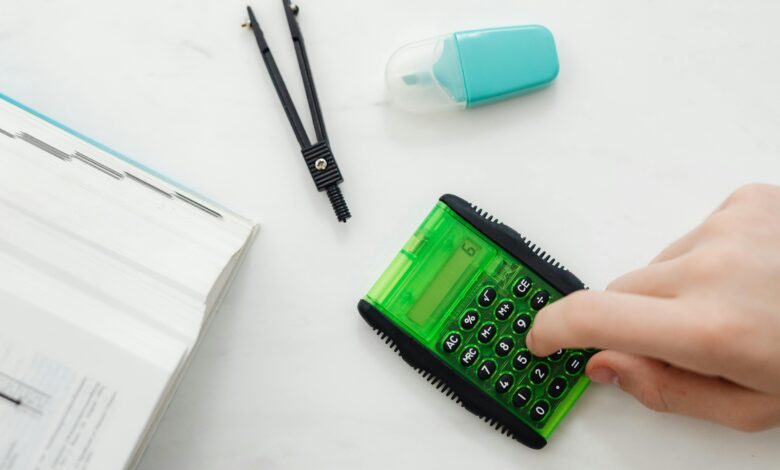The Ultimate Guide to Math Compass Sets

A Math Compass Set is an essential tool for students, architects, engineers, and anyone involved in precision drawing or technical design. It enables users to create perfect circles, arcs, and geometric constructions with accuracy and ease. Whether you are a student learning basic geometry or a professional working on architectural plans, a quality math compass set can significantly improve the accuracy and precision of your work.
In this article, we’ll explore the importance of a math compass set, how to use it effectively, and what features to look for when choosing the right one for your needs.
What is a Math Compass Set?
A math compass is a drawing tool for drawing circles, arcs, and curves. It consists of two legs connected at the top by a hinge: one leg holds a sharp point that anchors the compass in place, while the other holds a pencil or lead to mark the paper. A math compass set usually comes with additional tools like rulers, protractors, and spare leads, making it a versatile tool for any geometry task.
Why a Math Compass Set is Essential for Geometry
For students studying geometry, having a reliable compass set is crucial. Geometry involves studying shapes, sizes, and properties of space, and many tasks within this field require drawing precise figures. Here are a few reasons why a math compass set is essential:
- Accurate Circle and Arc Creation: A math compass allows students to create perfect circles and arcs, which are fundamental in geometry. Unlike freehand drawing, a compass ensures that circles have consistent radii and that arcs are smooth and proportional.
- Geometric Constructions: Constructing perpendicular lines, bisecting angles, and drawing tangents are all fundamental skills in geometry. A math compass is indispensable for these tasks, ensuring precision that is difficult to achieve with just a ruler.
- Improved Understanding of Geometry Concepts: By physically drawing geometric figures, students gain a better understanding of abstract concepts. The hands-on experience helps solidify knowledge and improve problem-solving skills.
Types of Math Compass Sets
There are various types of math compass sets designed for different needs and levels of expertise. Here’s a breakdown of the most common types:
- Basic Compass Set: This type is ideal for students just starting with geometry. It typically includes a simple compass, a ruler, a protractor, and a few spare leads. It’s affordable and easy to use, making it perfect for middle and high school students.
- Professional Compass Set: Designed for advanced users such as engineers, architects, and draftsmen, this set includes high-quality metal compasses with adjustable features for greater precision. These sets may also include multiple compass sizes and additional attachments for specialized tasks.
- Drawing Compass Set: This type is used for art and design purposes. It may include a bow compass, which offers more stability and accuracy when drawing large circles. These sets are often used by graphic designers and artists who require precision in their work.
- Technical Compass Set: Common in engineering and architectural fields, these sets include highly adjustable compasses that can create circles of varying sizes with fine detail. They are made of durable materials like steel and are often paired with dividers, ruling pens, and other drafting tools.
How to Use a Math Compass Set
Using a math compass set effectively requires some practice, but the process is straightforward. Here’s a step-by-step guide:
- Setting the Radius: Begin by adjusting the compass to the desired radius. Place the pointed leg on the starting point of your drawing and open the compass until the pencil leg reaches the required distance. Most compasses have an adjustable hinge or wheel to fine-tune this measurement.
- Drawing a Circle or Arc: After setting the radius, hold the compass at the top, keeping the pointed leg steady while rotating the pencil leg around it. Apply consistent pressure to ensure a smooth, continuous line. For arcs, only rotate the pencil leg through the desired angle.
- Geometric Constructions: A compass is invaluable for constructing shapes like equilateral triangles, hexagons, and bisecting angles. By adjusting the compass to the length of one side of a polygon or angle, you can mark off precise measurements to complete the construction.
Features to Look for in a Math Compass Set
Choosing the right math compass set can make a significant difference in both ease of use and accuracy. Here are a few important features to consider:
- Durability: The quality of materials used in the compass is important, especially for long-term use. Look for sets made of metal or high-quality plastic that won’t break or bend easily.
- Adjustability: A good compass should allow for fine adjustments. Look for a set with a thumbwheel or screw for precision control over the radius, which can help when you need to make very small or very large circles.
- Variety of Tools: A complete math compass set should include more than just a compass. Rulers, protractors, spare leads, and dividers are all useful tools to have on hand, especially for complex geometric constructions.
- Ease of Use: For students, an easy-to-use compass with a secure locking mechanism is essential. This prevents unwanted movement during use, ensuring accurate drawings every time.
Conclusion
A Math Compass Set is a vital tool for anyone involved in geometry, technical drawing, or design. Whether you’re a student learning the basics of geometric construction or a professional working on detailed plans, a quality compass set will make your work more accurate and efficient. When choosing the right set, consider your specific needs, the quality of materials, and the range of tools included. By mastering the use of a math compass, you can tackle any geometric challenge with confidence and precision.



